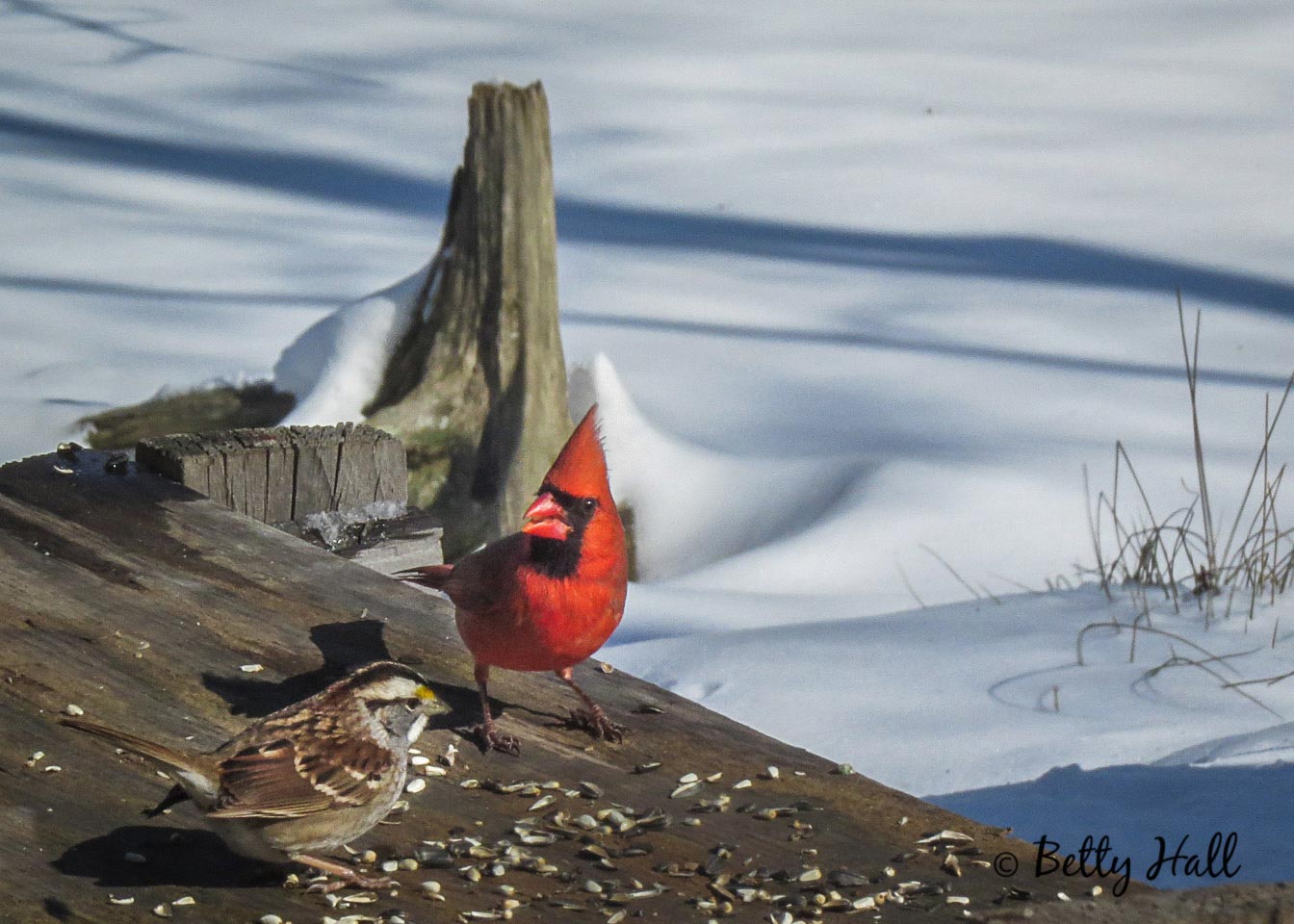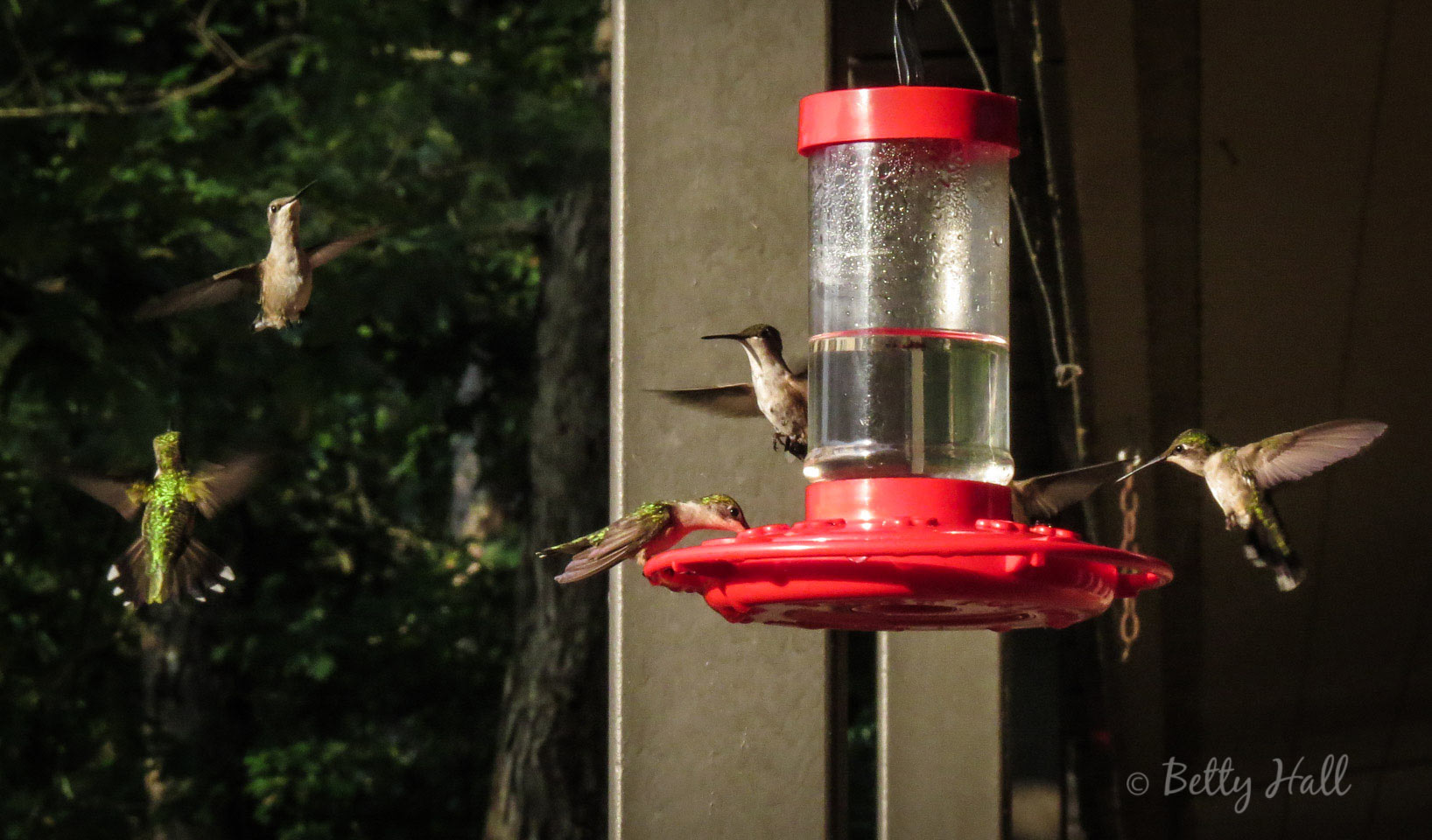I haven’t done much photography for quite a while. However, during a recent trip to Captiva, Florida, I was inspired by the wonderful birds we saw at the Ding Darling National Wildlife Refuge and had great fun using the camera again. We made several trips at different times of the day, always making new discoveries. I felt like I was in a different country.
There were lots of memorable moments, but one of my favorites was when we saw hundreds of egrets and herons concentrated in a ‘ditch’ along the edge of the mangroves. We were able to get very close, and they didn’t seem to mind us at all, although there was lots of “squawking” among themselves.
It was a special treat to see a wide variety of water birds including white pelicans, wood storks and roseate spoonbills.
Click here for a slideshow of my favorite photos of the week




